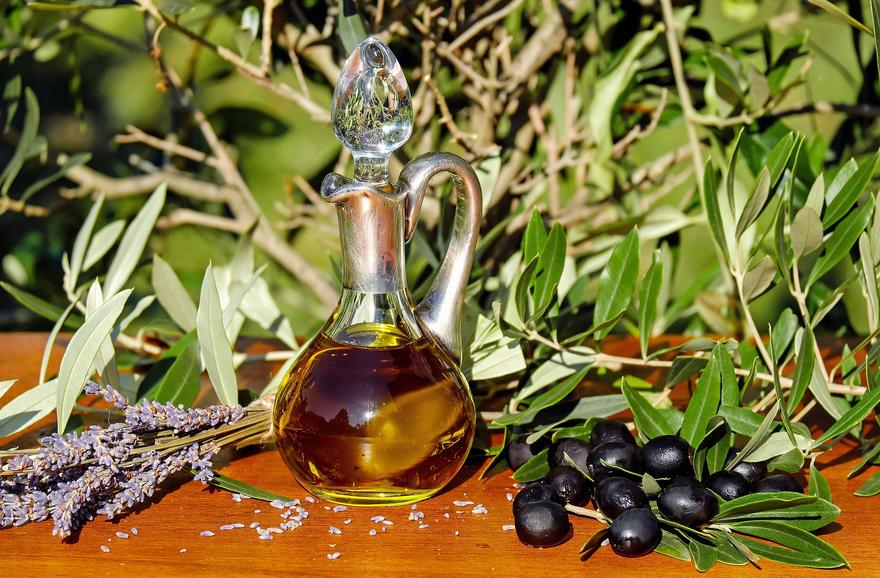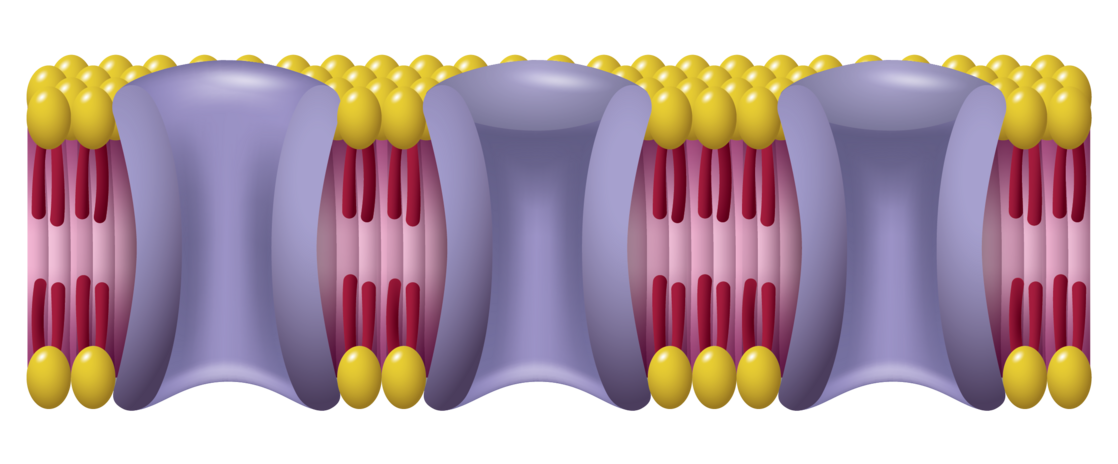What's up with vegetable oils and why can they diminish your light?

Processed vegetables oils like sunflower oil, soybean oil and rapeseed oil are commonly used all around us in dressings, pre prepared meals, sauces and restaurant meals. During the 1960’s and beyond, a marketing campaign to promote the health benefits of vegetable oils and the harmful effects of saturated fat began. This has led to their mostly positive portrayal within mainstream health advise. Unfortunately, this notion isn't quite as simple as we were led to believe.
While some versions of freshly cold pressed seeds oil may have some potential benefit, their cheap counterparts have many downsides. One of the main reasons why these oils are not optimal for health, is due the way these oils must be processed in order to extract the oils from the seeds.
In order to produce these processed oils in large enough quantities and to be economically viable, high pressures and chemical solvents are used to extract the oils out of the seeds. Afterwards, in order to mask the rancidity of the oils they are often bleached, and other chemicals are added as part of the refining process. High pressure means high temperatures and it is this that damages the delicate structure of the oils, compromising their integrity and potential health effects.
Fats- Solid Lipids at room temperature
Oils- Liquid Lipids at room temperature
Fats and oils are made up of chains of hydrogen and carbon and they come in 3 main subcategories, saturated, monounsaturated and polyunsaturated. Most food sources contain a mixture of all three in varying proportions.
The saturation level of an oil essentially describes how many double carbon bonds the oil has in its structure. Saturated fats having no double carbon bonds, monounsaturated having one double bond and polyunsaturated having many. It is these double bonds that are unstable in certain conditions and are liable to oxidise. Heat, Light and oxygen catalyse the oxidation process.
The reason seed oils are prone to oxidation is because they contain a large proportion of polyunsaturated fatty acids.
Cold pressed seeds oils?
Now, there are methods that consciously cold-press certain seeds like sunflower or rapeseed at low temperatures and are much less refined. However, it's important to find a reliable, good quality source. In Europe, there are clear guidelines saying that the oil must not be heated above 50 degrees Celsius in order for it to be labelled cold-pressed. However, in the US there is less legislation for determining what is classed as cold-pressed, so the oil could be labelled cold-pressed and still be heated to high temperatures in its manufacturing process. The way the oils have been stored is also something to consider. As oxygen, heat as well as light can start to degrade these sensitive oils, bottling cold pressed oils in dark glass and storing them cold is important to help preserve them.
Vegetable oils used in cooking?
Another factor with these oils to be aware of is that they are often promoted as cooking oils. You will commonly find them in most of the processed or pre-packaged foods available. They are also used in many restaurants around the world. This is mostly due to the low cost and ease of use.
However, even before cooking, a proportion of these oils have been altered from their natural state. Heating these oils to temperatures used in cooking such as frying, changes the molecular configuration even more to form trans fatty acids as well as carcinogenic by products like heterocyclic amines (HCAs) and polycyclic aromatic hydrocarbons (PAHs).Trans fatty acids have received a lot of attention in the health world and media as a major influencing factor in cardiovascular disease as well as many other degenerative processes.
So why may oxidised fats and oils be detrimental to our health?
Consuming oxidised fats and oils creates free radical reactions within the body that can lead to chronic inflammation. As the body tries to quell the inflammation, its reserves of antioxidants are depleted. This is quite a complex process but to explain this briefly, a free radical is a molecule that has an electron missing from its subatomic structure, so in order for it to stabilise itself, it steals an electron from a nearby compound like our cell membranes and other molecules in our body. These molecules themselves then become free radicals and a whole chain reaction of damage starts to cascade. This is essentially the ageing process. This is where antioxidants come in. Antioxidants can donate their spare electrons to free radicals in order to stabilise them thus reducing excessive cellular damage.
After we ingest oxidised oils, they can be absorbed into the lymphatic system and the bloodstream directly from the gut. From here they can damage the epithelial lining of our blood vessels. The body then sends out a message to initiate a immune reaction to start healing the wound. As part of this process, white blood cells and makes cholesterol to cover the area. If this process repeats over time, as with continual consumption of oxidised polyunsaturated fatty acids, then the blood vessels start to calcify over the areas of damage into a layer of plaque. This is what sets the stage for atherosclerosis. (NOTE: cholesterol did not cause the damage to the blood vessels, our bodies create cholesterol as an essential part of the healing process).

Essential fatty acids and Omega 6 dominance
Another factor when consuming damaged oils is that they reduce the efficiency of our bodies ability to use the beneficial essential omega 3 fatty acids like ALA, EPA and DHA. These are needed along with many other phospholipids to build healthy cell membranes. Many seeds oils like sunflower and grain products are also omega 6 dominant. When the ratio of our omega 3 to 6 gets more omega 6 dominant, it can also lead to challenges with excess inflammation due to the promotion of pro-inflammatory prostaglandins.
Building healthy cell membranes
If there is a deficiency of the optimal undamaged fatty acids to build our cells, our body will use whatever other fatty acids are available for regeneration. When cells are made with damaged fats, they do not work as effectively like healthy cells. One reason for this has to do with our cellular voltage.

Without the correct components in the cellular membrane, it's function to hold a charge like a battery is reduced. This means oxygen and other nutrients are not transported in and out of the cells as easily, resulting in a metabolic slowdown. This change in cellular terrain sets the stage for many degenerative processes. The biophysicist Dr. Budwig also found that the correct charge is needed to attract pi electron clouds outside of our cell membranes. These are in turn needed for optimal biophotonic cellular communication. Biophotons are the quanta of light found within biological systems. Our biophotonic information network enables us to process huge quantities of information and moderate hundreds of thousands of biochemical reactions within each of our cells every second. It may also provide the bridge to more metaphysical levels of our being. Below is representation of a phospholipid bilayer cell membrane.
SUGGESTED FATS AND OILS
FOR COOKING:
Coconut Oil - by far the best to cook with because of its high saturated fat content and therefore stability. It also has a multitude of other health benefits.
Ghee/ Butter - cook moderately- source organic and grass fed. Ghee has low levels of polyunsaturated fatty acids compared to seed oils and also contains its own antioxidants and fat soluble vitamins like vitamin A, D, E and K2 that preserve the integrity of the oil. Ghee is also an excellent delivery mechanism for phytonutrients found in herbs and spices when used in cooking.
Red Palm Oil - try to source ethically grown palm oil as rainforests are being cut down to farm it
Organic Pasture Raised Animal Fat – if you can source good quality animal fats or even the drippings of meat many people find them nourishing and are generally OK to cook with. Use with moderation, especially if you don’t metabolize fats well, have reduced bile output or are in a cleansing period.
Olive oil- see below
TO APPLY AFTER COOKING – use with moderation i.e. in a salad dressing - all ideally organic unrefined cold or stone pressed
Olive Oil - if you don't have access to coconut oil, olive oil is the best choice of any liquid oil for cooking with due to its high mono-unsaturated fatty acid content, so is therefore relatively stable. Again, quality is essential here as testing sometimes shows that some brands of olive oil are being adulterated with cheaper oils like sunflower oil.
Avocado oil- High in mono and long chain omega 6 fatty acid GLA
Hemp Seed Oil - excellent ratio of omega 3 to 6 that is similar to that found in healthy cells
Flax Oil - excellent source of omega 3 fatty acids ALA, however flax is high in phytoestrogens so may cause a hormonal imbalance in some men.
Organic Butter - ideally grass-fed A2 cows (Jersey/Guernsey) or goat butter
Resources:
Fats that heal, fats that kill - Udo Eramus (1993)
Put your heart where your mouth is - Dr Natasha Cambell Mcbride (2007)
Know your fats: The complete primer for understanding the nutrition of fats, oils and cholesterol - Mary G Enig (2000)

0 comments
Leave a comment
Please log in or register to post a comment